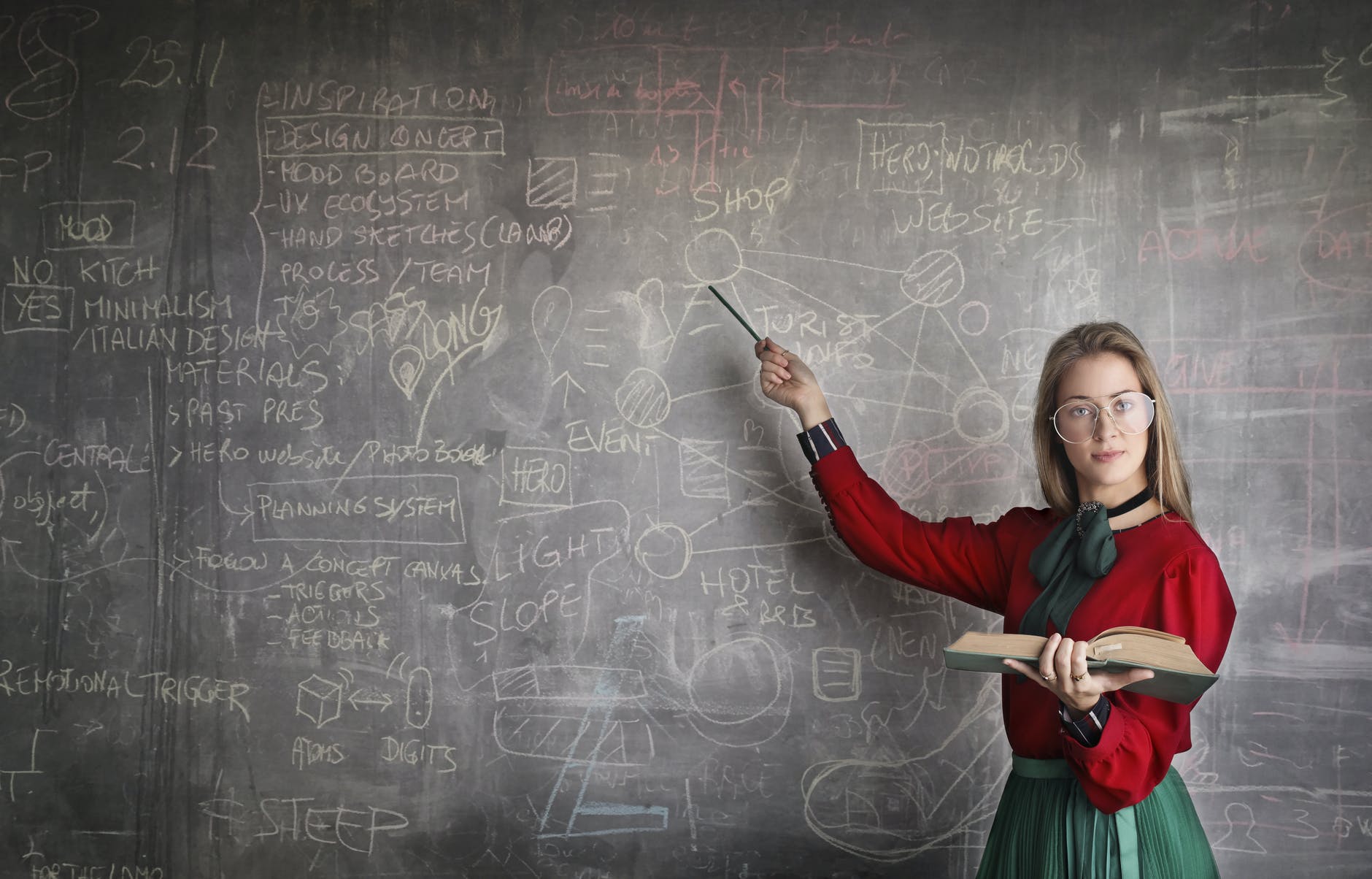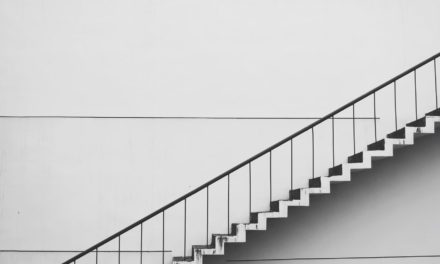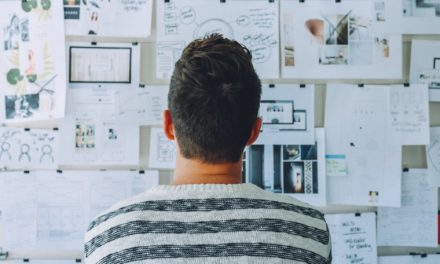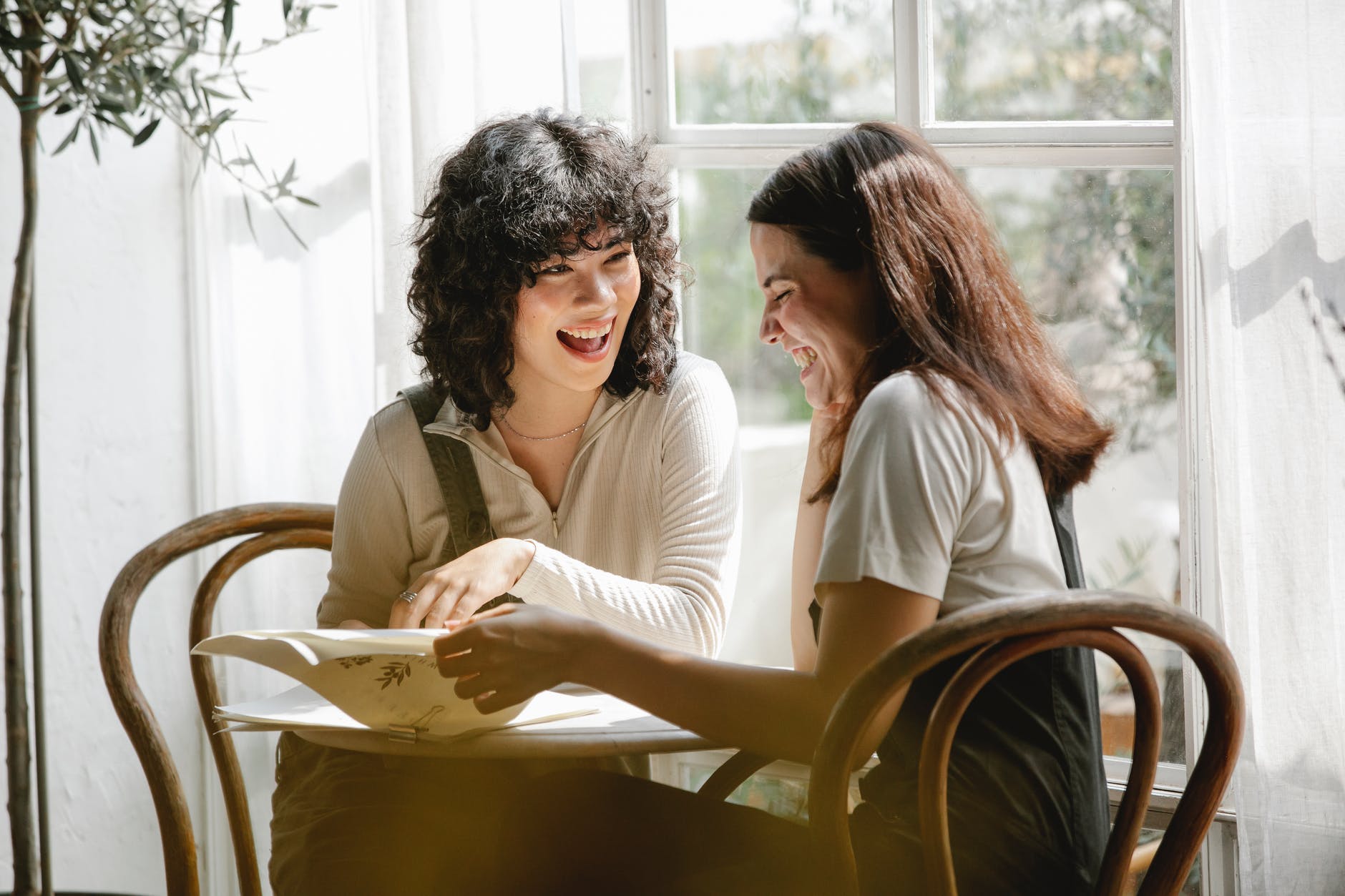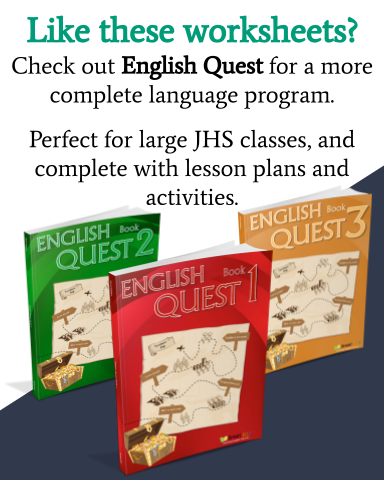Are you getting the most out of your blackboard?
Your blackboard or white board is one of the best and easiest to use resources you have in your classroom. It’s an excellent focal point for the students; it’s a memo of everything that has been going on in the class; it’s a great place to set up a few interactive games and activities and get the students out of their seats; and so much more.
Blackboard Planning
Take a look at your blackboard after each class. Does it fall into one of these categories?
- It’s blank;
- It’s a random collection of words that have come up in the lesson placed somewhat at random;
- There’s the remnants of a game or two up there, with a few new words thrown into the available spaces.
How can I start using the blackboard more effectively?
Remember, many of your students will be taking notes from your blackboard. If you look back at your board at the end of the lesson and have no idea how everything fits together, I can assure you that your students won’t either.
Try planning what you want the blackboard to look like at each stage of the lesson plan and have a memo at the bottom of the plan you take into your class.
There are many ways to approach your blackboard planning, and experimenting with a few ways is an excellent idea. I have a few key elements that personally I like to have up on the board for most of my lessons, but mostly, the board plan follows the flow of the lesson. If the lesson has a conversational focus, usually the key points of the conversation are elicited up on the board. If there’s a grammar point, the key language will go top center of the board so the students have something clear that they can memo and reference.
An idea to get you started:
- Separate your board into sections – date, top right. New vocabulary, right side. Title/main target language, top middle. Center of the board, main activities. Left side of the board, flashcards, games, free use, etc.
Good luck with your planning. I usually find that the planning of my board takes care, in-part, the planning of my lesson. As I figure out how all the parts are going to come together and I integrate my activity transitions, the board and lesson develop together.
So good luck with your board. Remember, at the end of class, take a few seconds to look back at your board. That’s the last thing the students will see in your lesson. Are you leaving them with a good impression.
Smart ELT.
